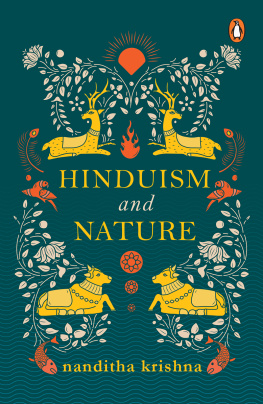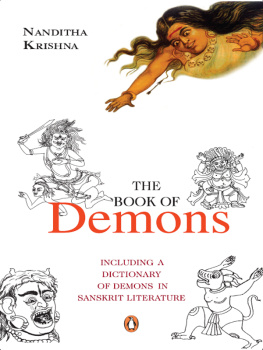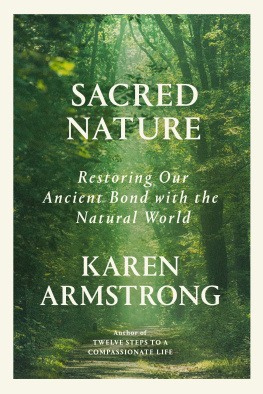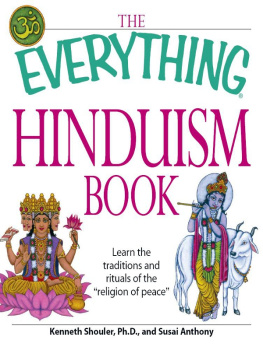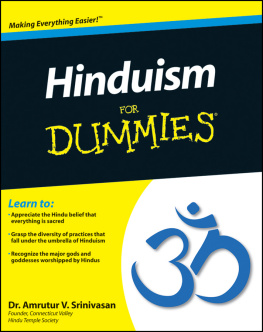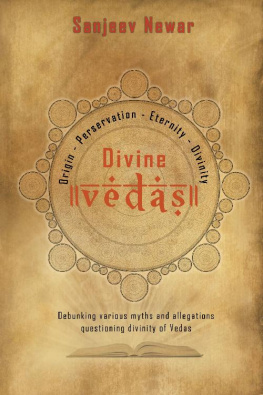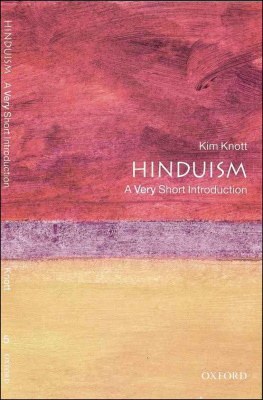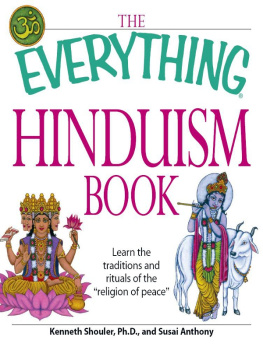This is a fascinating account of tree and plant worship in India from time immemorial. Worship of trees, some of which were believed to be home to spirits good and bad, was probably the oldest form of worship in IndiaBusiness Standard
Will be of interest not only to environmentalists and conservationists but also nature lovers and those interested in having a small house garden. It is also meant for policy-makers and the common people to encourage greater participation in forest conservation. The detailed and inclusive research done for the book is indeed praiseworthyTerraGreen, TERI
Praise for Sacred Animals of India
A good read at a time when the world as we know it is in the throes of an increasingly contentious debate on the future of our environmentMail Today
The book, written in simple straightforward language, treats the complex subject with the confidence that is born out of meticulous and thorough research and strong convictions. Tribal lore, folklore, ancient scriptures, traditional tales, history, scriptural texts, cave paintingsno source seems to have been left uncombed in the effort to chronicle the history and progress of the Indians attitude towards animalsBook Review Literary Trust
Each and every animal, however insignificant in other eyes, attracts the attention of a devout Hindu. He in his own way discovers some mystique in it, which compels him to bow his head with a sense of worshipDawn
Aum dyauh shantir antariksham shantih
Prithivi shantir aapah shantir aushadhayah shantih
Vanaspatayah shantir vishvedevah shantir brahma shantih
Sarvam shantih shantireva shantih
Sa ma shantiredhi
Aum shanti shanti shantih
Yajur Veda Samhita (36:17)
May peace radiate in the whole sky and in the vast ethereal space,
May peace reign all over this earth, in water, in all herbs and the forests,
May peace flow over the whole universe,
May peace be in the Supreme Being,
May peace exist in all creation, and peace alone,
May peace flow into us.
Aumpeace, peace and peace!
1
Introduction
So long as the earth is able to maintain mountains, forests and trees
Until then the human race and its progeny will be able to survive.
Durga Saptashati, Devi Kavacham, 54
T he Indian housewife starts her day by cleaning the space outside the front door and decorating it with beautiful designs made of rice flour. Apart from beautifying her home, she is also feeding the ants and does not need to spray insecticide to keep them out.
When she bathes, she prays that the water may be as sacred as the River Ganga, which has proven antimicrobial qualities.
She encircles the pipal tree seven times in a ritual binding the Indus, Vedic, Hindu, Buddhist, Jain and tribal traditions. It is a unique tree which filters impurities in the air and releases oxygen day and night.
She pours water over the sacred basil planttulsiin the centre of her house, for it prevents coughs, colds and fevers.
She places a small bowl of cooked rice on the roof for her departed ancestors, which is eaten by crows who keep the outer environment clean.
She will sweep her house only under bright daylight, for she fears that she may harm or dislodge small insects from their homes in nooks and crannies if she sweeps in the twilight or darkness.
Every aspect of her life is intimately connected with nature and the environment, and scientific environmental management. Unfortunately, all that was good and preserved in the name of culture and tradition has been discarded in the name of modernization and development.
The basis of Hindu, Buddhist and Jain culture is dharma or righteousness, incorporating duty, cosmic law and justice. It is sanatana, or eternal, for it is without beginning or end, and it supports the whole universe. Every person must act for the general welfare of the earth, humanity, all creation and all aspects of life: Dharma is meant for the well being of all living creatures. Hence that by which the welfare of all living creatures is sustained, that for sure is dharma (Mahabharata, XII.109.10). Dharma means many things: righteousness, duty, justice and law. Every divine incarnation is born to restore it.
The verses of the Vedas express a deep sense of communion of man with god. Nature is a friend, revered as a mother, obeyed as a father and nurtured as a beloved child. It is sacred because man depends on it and because of this everything is sanctified, including man and the terrifying aspects of nature, such as landslides, earthquakes and storms. Natural phenomena are the manifestations or expressions of the gods and not the gods themselves. They express the principles that govern the world and the cosmic order, rita.
In the Rig Veda, Vritra is a serpent or dragon called Ahi, the personification of drought and an adversary of Indra, the god of rain and thunder. Vritra keeps the waters captive until he is killed by Indra, who destroys all his ninety-nine fortresses and liberates the imprisoned rivers. At Indras request, Vishnu, the god of sun, strides across the firmament, the sun and the rain combining to destroy Vritra (I.6.1; II.22.1; VI.20.2). While Indra does the actual destroying, Vishnu is his friend and helper.

